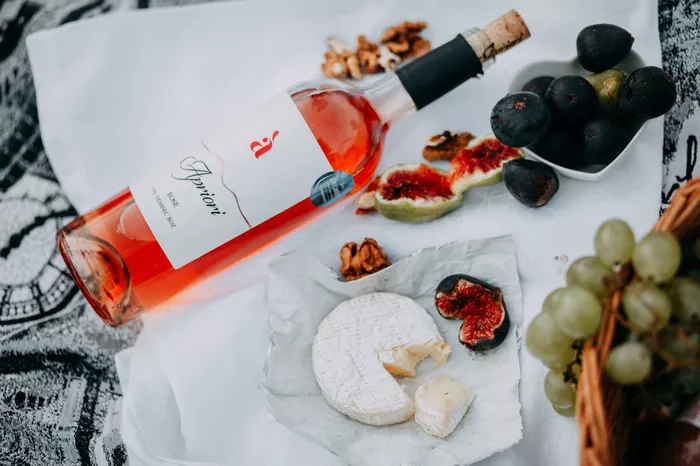The world of wine is a tapestry of flavors, aromas, and craftsmanship woven together through centuries of tradition and innovation. At the heart of this intricate process lie the four fundamental stages of wine making. From the vineyard to the cellar, each step plays a pivotal role in shaping the character and quality of the final product. In this exploration, we embark on a journey through these stages, unraveling the secrets behind the art of wine making.
1. Cultivation: Nurturing the Vineyard
At the genesis of every fine wine is the meticulous cultivation of the vineyard. Here, amidst rolling hills and sun-kissed landscapes, grapevines thrive under the tender care of vintners. The process begins with the selection of the ideal grape varietals, tailored to the specific terroir of the region. From the lush vineyards of Bordeaux to the sun-drenched hillsides of Napa Valley, each grape variety imparts its unique characteristics to the wine. Through careful pruning, trellising, and irrigation, vintners coax the vines to yield fruit of exceptional quality, rich in sugars, acids, and tannins—essential elements for crafting fine wines. In this intricate dance between nature and nurture, the stage is set for the wine’s journey from vine to bottle, rooted in the fertile soil of the earth.
2. Harvest: The Essence of the Grape
As the seasons turn and the grapes ripen to perfection, the vineyard comes alive with the bustling energy of harvest. This pivotal moment marks the culmination of months of anticipation and labor, as vintners and vineyard workers meticulously handpick each cluster of grapes at the peak of ripeness. The timing of the harvest is a delicate balance, guided by the interplay of factors such as sugar levels, acidity, and flavor development. In the cool, early hours of the morning, the vineyard echoes with the sounds of laughter and chatter as crates brimming with plump, luscious grapes are carefully transported to the winery. Here, amidst the heady scent of crushed fruit and fermenting must, the essence of the grape is captured, ready to be transformed into the elixir of wine.
3. Fermentation: Alchemy in the Cellar
In the hallowed halls of the winery cellar, the magic of fermentation unfolds—a symphony of biochemical reactions orchestrated by yeast. As the freshly harvested grapes are gently destemmed and crushed, the sweet nectar of the fruit mingles with the wild yeast present on the grape skins, initiating the process of fermentation. Under the watchful eye of the winemaker, stainless steel tanks and oak barrels brim with bubbling must, as sugars are converted into alcohol and carbon dioxide. This alchemical transformation not only imbues the wine with its intoxicating spirit but also unlocks a myriad of complex flavors and aromas. From the crisp, citrus notes of a Sauvignon Blanc to the velvety richness of a Cabernet Sauvignon, each wine bears the imprint of its unique fermentation journey—a testament to the artistry of the winemaker and the intrinsic qualities of the grape.
4. Aging: The Patience of Time
As the fermenting wine begins to settle and clear, it embarks on a transformative journey of aging—a process that requires patience, precision, and a touch of intuition. In the quiet confines of the cellar, oak barrels and stainless steel tanks cradle the young wine, providing the ideal environment for it to evolve and mature. During this period of rest, subtle chemical reactions take place, softening tannins, integrating flavors, and enhancing complexity. Whether aged in oak barrels, stainless steel tanks, or glass bottles, each vessel imparts its own unique imprint on the wine, shaping its final character and style. From the vibrant, fruit-forward profile of a young Beaujolais Nouveau to the nuanced elegance of a well-aged Bordeaux, the passage of time adds depth and dimension to the wine, elevating it from mere libation to liquid artistry.
In Conclusion
The four stages of wine making—from cultivation to aging—form the cornerstone of an age-old tradition that continues to captivate and inspire wine enthusiasts around the globe. Through the skillful interplay of nature, science, and artistry, vintners unlock the hidden potential of the grape, transforming it into a symphony of flavors and aromas that dance upon the palate. As we raise our glasses in celebration of this timeless craft, let us toast to the enduring allure of wine—a testament to the ingenuity and creativity of humankind.


